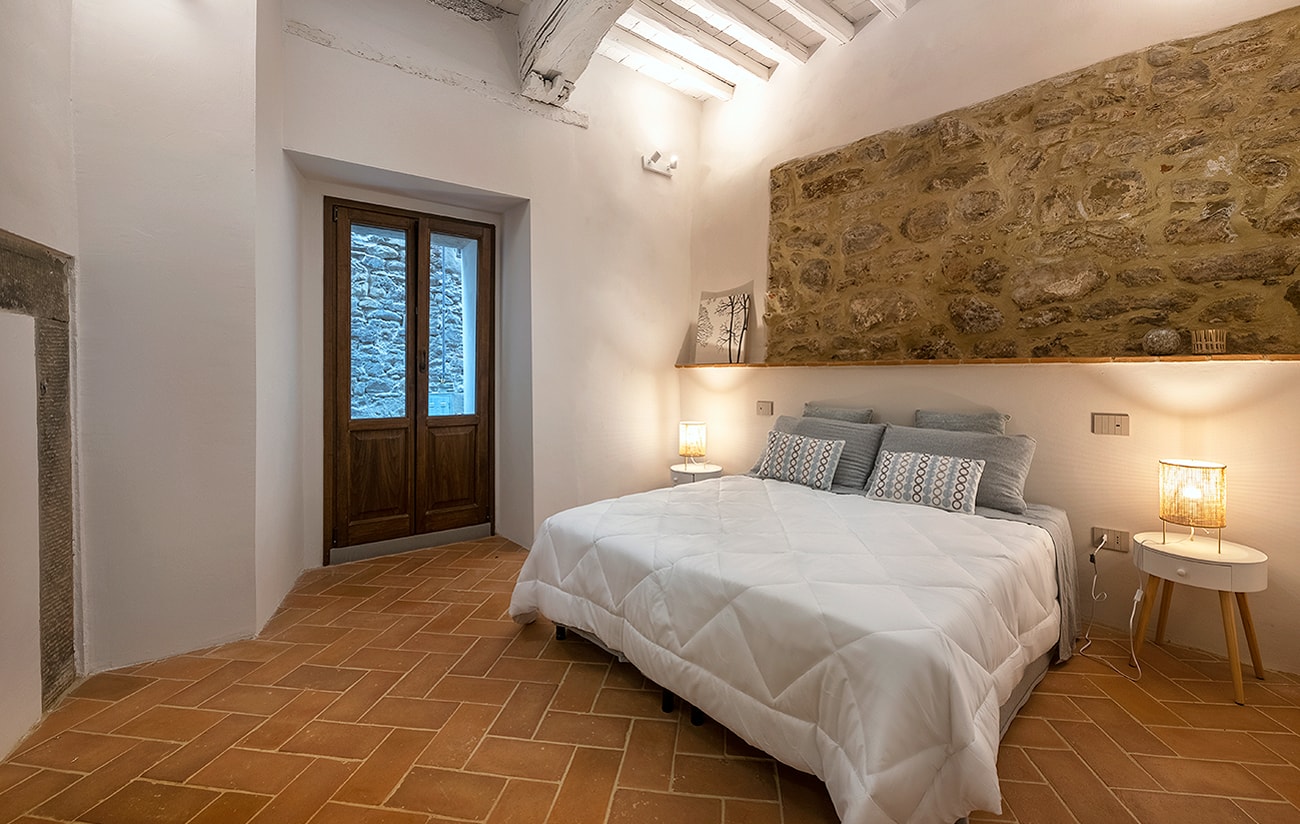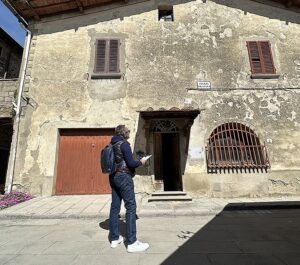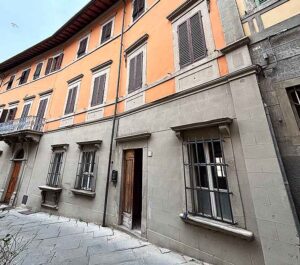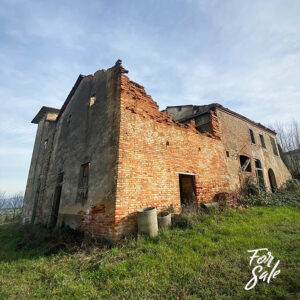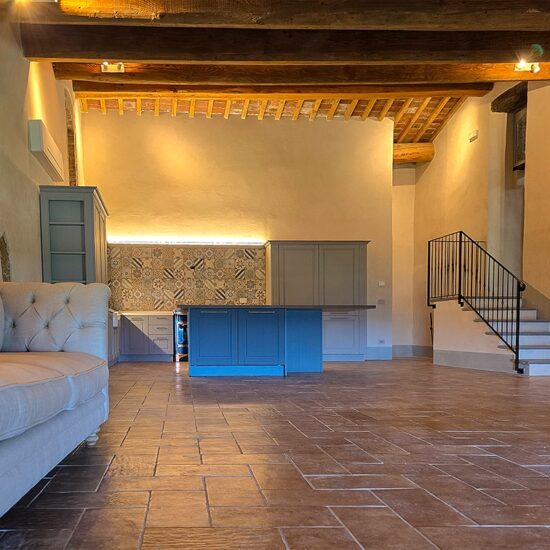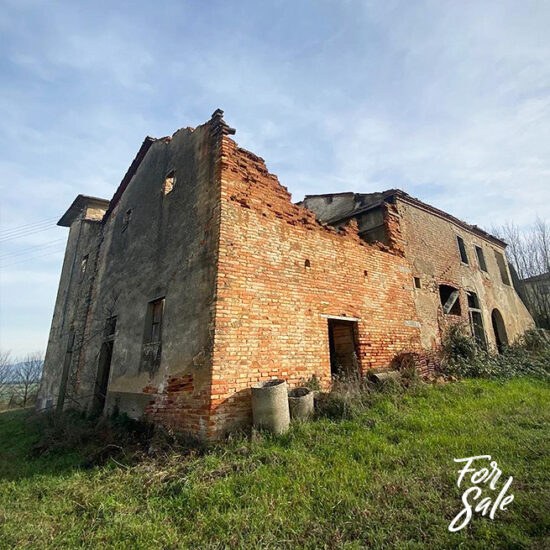In a house by the countryside or in an apartment in a historic city center, probably under the plaster of the walls, some will be lucky enough to find ancient and precious stone masonry. This is a detail that should not be underestimated, since stone walls are true gems that only a few are fortunate enough to possess.
It is interesting to know the constructive meaning and cultural value of stone masonry as an expression of simple technology, social status and, in some ways, its low environmental impact.
How was the stone used?
For residential buildings, of what we’d call today the middle class, it was customary in the past to use roughly cut stone, coming from quarry processing waste, or simply emerging from the ground or picked up from the fields in the course of plowing operations of agricultural land. Often in these constructions would have a mix of brick and stone. The brick would aid the construction process around windows and doors given that the stones used would have an irregular shape. The mortar was mainly mud and clay.
For important buildings such as rich aristocratic Palazzo’s, or public buildings ( churches or public offices), the stones came from quarries, chosen for their particular quality, and the stones were cut to a more defined shape by stonemasons. Stonemasonry was in fact once a very high-level profession and therefore their intervention was necessary due to the high degree of finishing. Mortar was usually made with sand, lime and water.
What type of stone was used?
The type of stone used was the kind that was readily available in the area. In fact within a short distance, from say Assisi to Siena, one will notice a change in the quality of construction types.
Assisi as the other town on Mount Subasio like Spello, will have had the luxury of using the Pink Stone of Assisi which give these towns there unique look especially at sunset.
By reaching Lake Trasimeno and the Eastern Tuscany area, one will notice that stone buildings use a darker sandstone, more grey in colour.
And then in Siena, where stone was scarce but clay plentiful, many houses and other buildings will be built in brick with a minimal use of stone.
So any stone wall will have its unique charm, a story to tell and act as a faithful witness of history.



